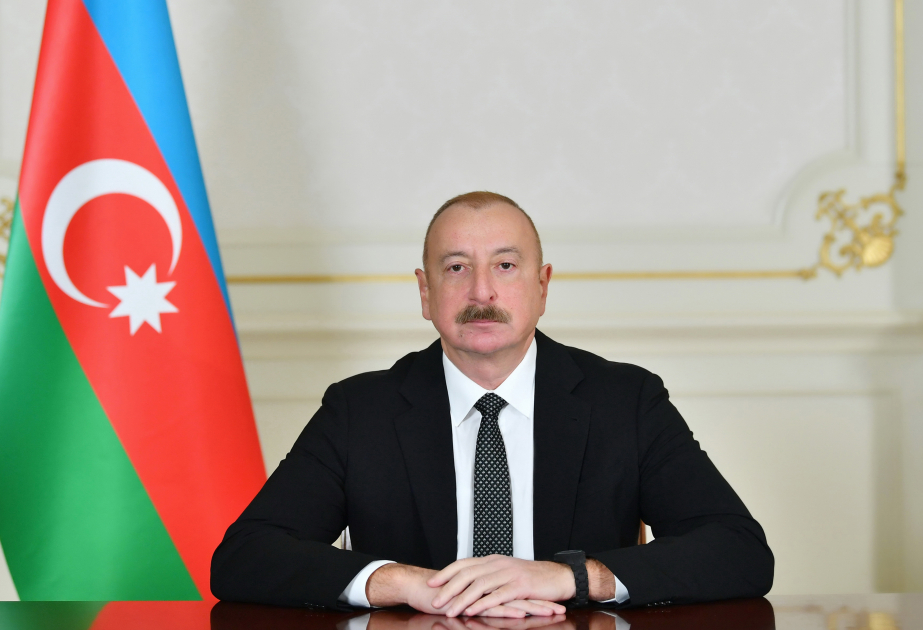WORLD
‘Blast-furnace heat every day’: Record temperatures cancel classes, widening learning gaps across Southeast Asia
10.05.2024 [20:09]
A+ A-
Baku, May 10, AZERTAC
When temperatures in Cambodia hit a staggering 38 degrees Celsius (100.4 degrees Fahrenheit) in April, Sek Seila, an 11-year-old student studying in the capital Phnom Penh, was promptly sent home from school, according to CNN.
Like hundreds of millions of other children in many parts of South and Southeast Asia, Sek Seila has had to cope with unprecedented setbacks due to record-breaking heat — like sudden school closures, and having lessons and activities canceled or disrupted.
School this year has been difficult, he says, adding that stifling heat and high humidity levels in poorly ventilated classrooms have been difficult to endure.
“My classroom does not have air conditioning,” Sek Seila told CNN. His class of 43 students pass around mini hand-held fans during lessons on most days to keep cool.
“It’s very unpleasant and uncomfortable,” he says. “On some days, it can even get so hot that it feels like your skin is burning.”
The hot weather has also been brutal in many South Asian countries where, science shows, climate change has brought stronger and more frequent extreme weather events, like life-threatening heatwaves — leaving nearly half a billion children exposed and vulnerable.
A dangerous heatwave hit Bangladesh in April, shutting down schools across the country — many of which were poorly equipped and lacked essential cooling resources, such as fans and air-conditioning, to support and protect students from health risks like dehydration, migraines and heat stroke. More than 33 million children were impacted as a result of the heatwave, according to groups like Save the Children and UNICEF.
The worst hit were poor children in rural areas whose families couldn’t afford devices like laptops and tablets to facilitate remote learning, UNICEF says. “It hasn’t been easy for many children in a country as hot as Bangladesh, where they have been facing blast-furnace heat almost every day,” said Sheldon Yett, a UNICEF representative for the region.
“This year was hotter than last year and we know that global warming is only going to get worse,” Yett said. “Besides serious health risks, we cannot ignore children’s education needs, which have already been severely impacted after the Covid pandemic.”
The UN and its agencies say developing countries are at the forefront of the climate crisis and bear the brunt of prolonged extreme weather like heatwaves, tornadoes and cyclones, as well as severe storms and flooding.
“Every child has a right to a safe and healthy environment,” Yett said. “We want to see schools open for children to learn but everything needs to be done in a safe way.”
Experts and educators in Cambodia and the Philippines told CNN that March and April have been extremely difficult for schools.
“We don’t allow children outside when temperatures get too hot,” said Bong Samreth, who teaches at a public school in Phnom Penh. “But it can feel just as hot and uncomfortable indoors in classrooms without fans or air-conditioning,” he says, adding that he often sees students “sweating through their uniforms” at their desks.
“We do our best to look after them, especially the young ones, and the past few months have been very trying.”
Climate change continues to impact poverty rates and schools in the Philippines, often ranked as one of the world’s most vulnerable countries to the impacts of climate change and where schools are still recovering from some of the longest pandemic closures.
Children huddle around a small desk and mini-fan to take classes remotely as schools were shut amid extreme heat in Tondo district in Manila, Philippines on May 03, 2024. The heat index shot up to 53 degrees Celsius in some parts of the country.
Children huddle around a small desk and mini-fan to take classes remotely as schools were shut amid extreme heat in Tondo district in Manila, Philippines on May 03, 2024. The heat index shot up to
The educational gap between impoverished Philippine children and those in urban areas has been widening, said child welfare and advocacy group Save the Children Philippines, adding children in rural areas, unable to attend school, have been at a particular disadvantage.
It also isn’t uncommon to see groups of up to 70 students crammed into a single classroom with just one or two electric fans for cool air circulation and ventilation, the group says.
Volunteers have also raised issues from students about insufficient clean drinking water at school, meaning they cannot keep hydrated during the day — as well as lacking shaded outdoor recreational areas.
“Classes have not been consistent,” said Benjo Basas, a social sciences teacher in Manila, adding that “almost the entire month of April” had been disrupted by massive school closures after heat in many areas became unbearable — impacting around 7 million children.
Students were unable to concentrate during class, Basas told CNN, an especially stressful issue given that important final-term examinations were just around the corner.
Mirasol Mamaat, a high-school teacher in the country’s northern Pangasinan province, said dozens of students had become sick after recent heat index levels — which measure how hot it really feels outside — hit alarming highs of more than 51 degrees Celsius (124 degrees Fahrenheit).
“For some impoverished students, we will do home visits to check in on them and deliver study materials like we did during the pandemic,” she said.


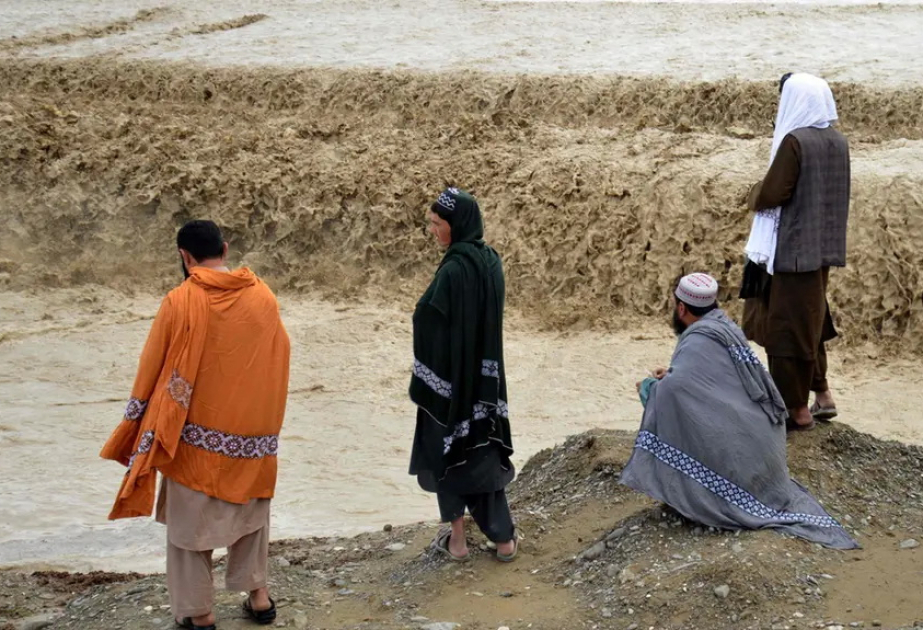
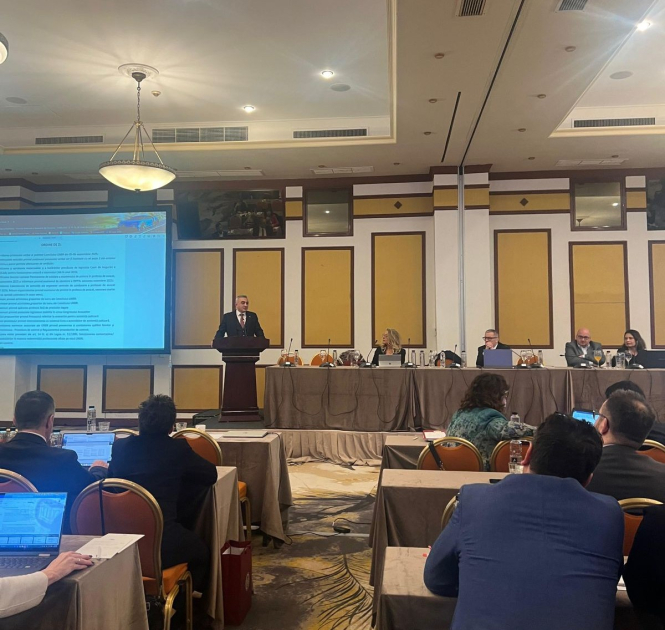
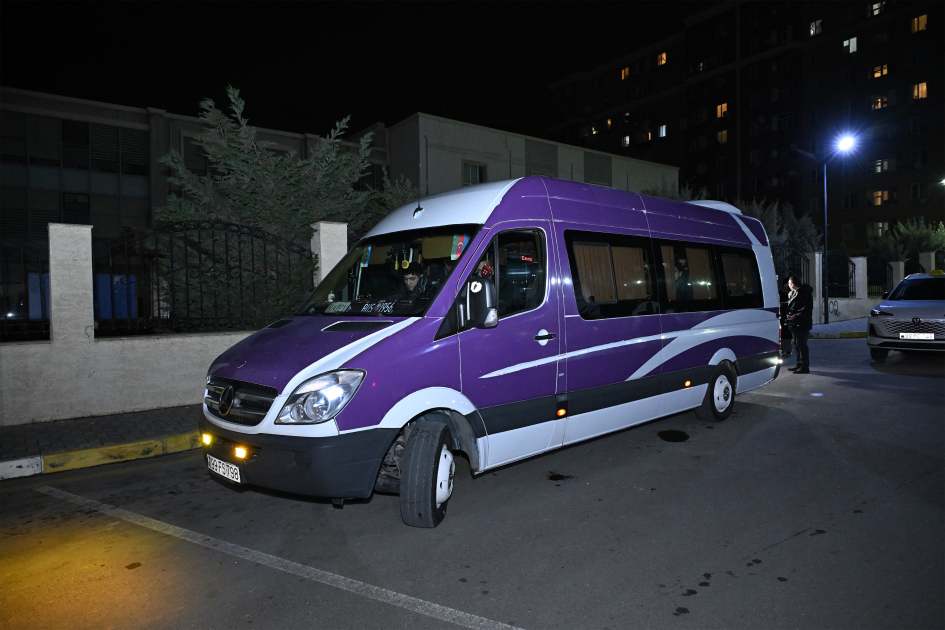
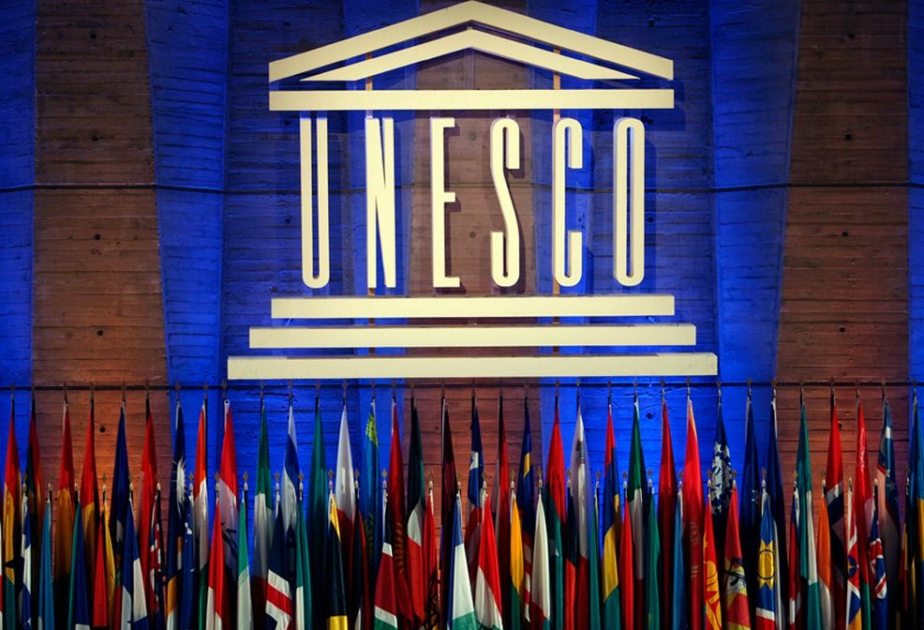

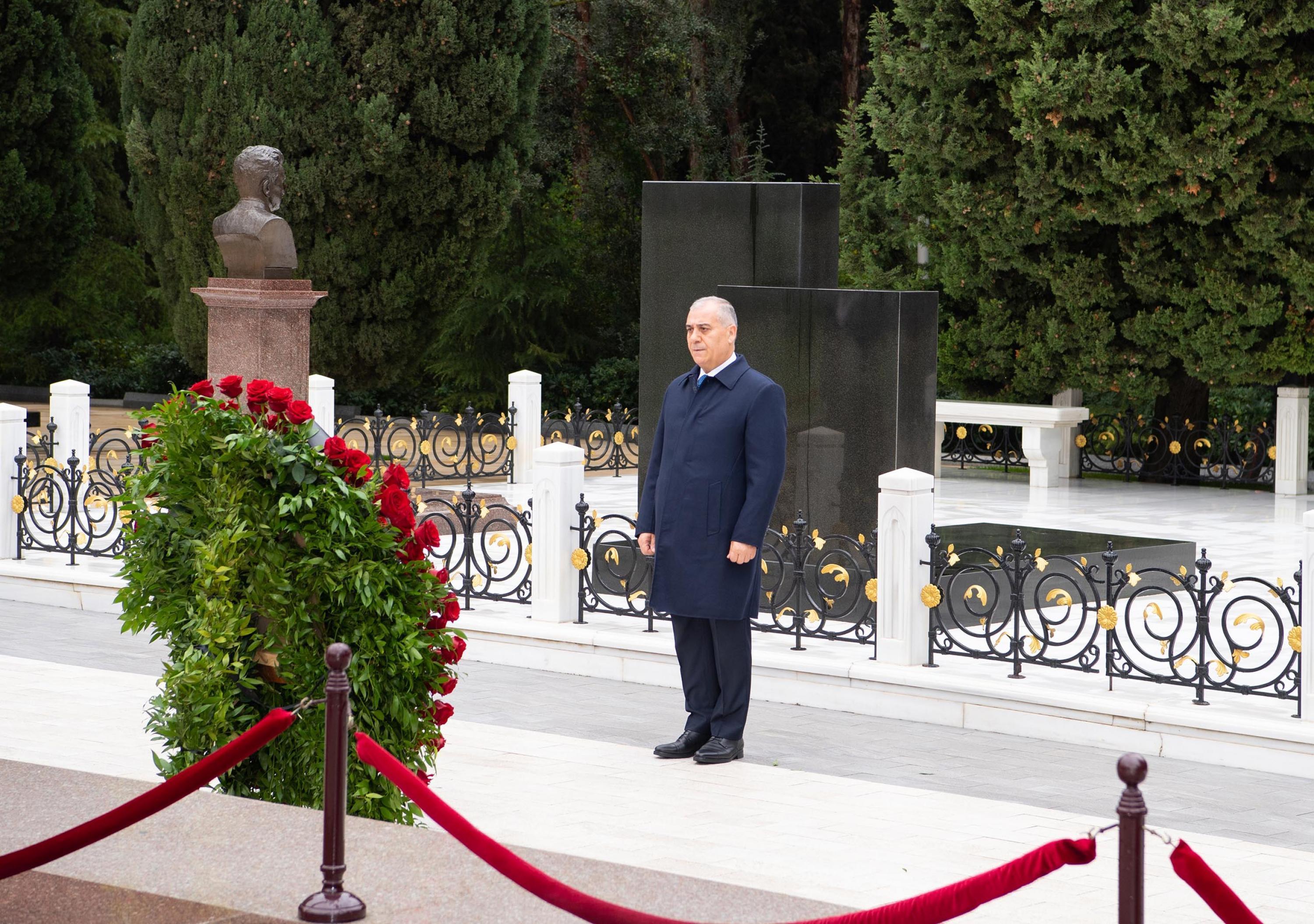
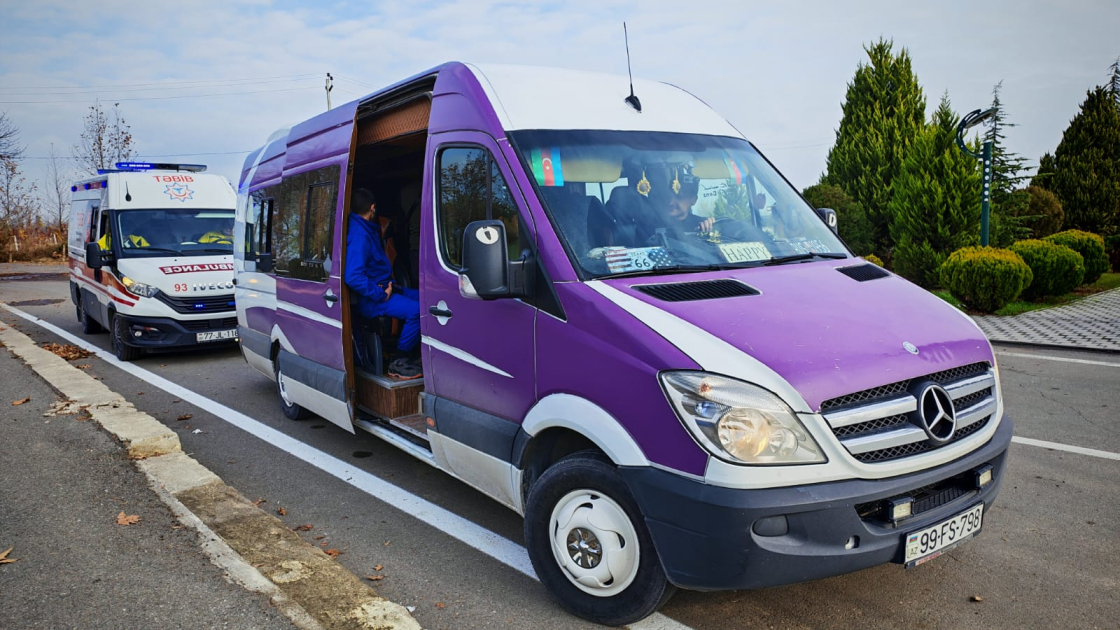

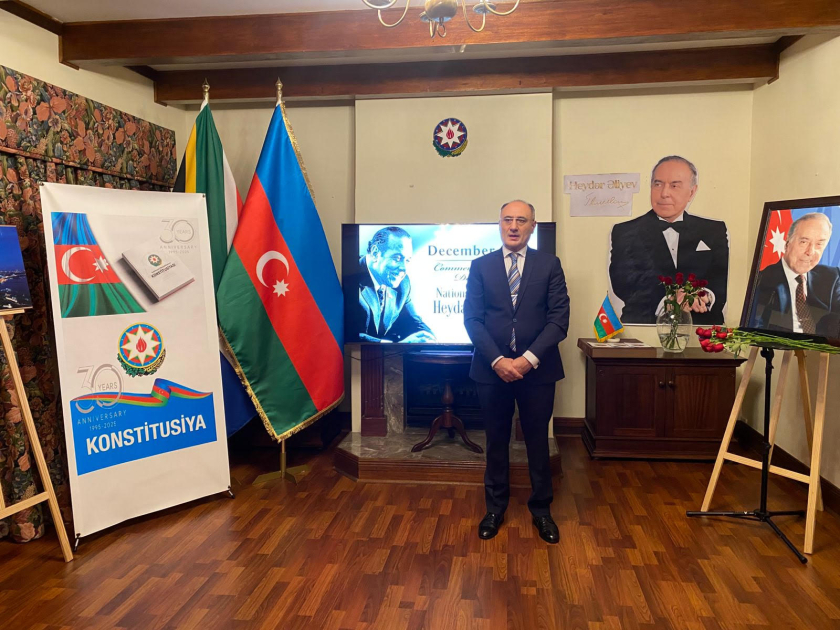
.jpeg)



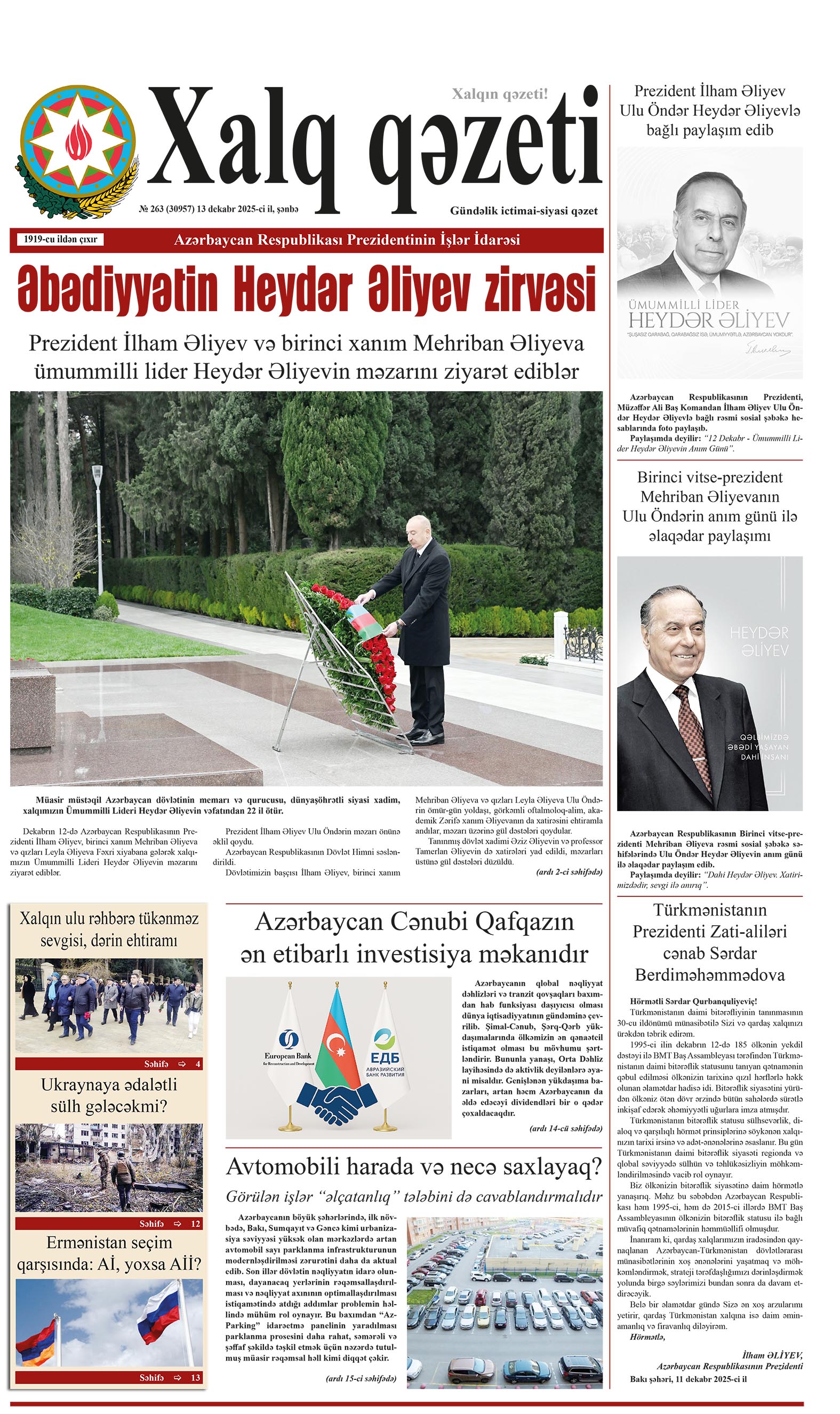

.png)


